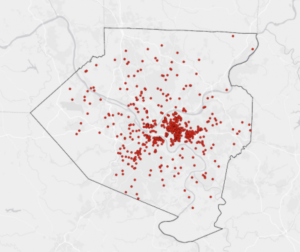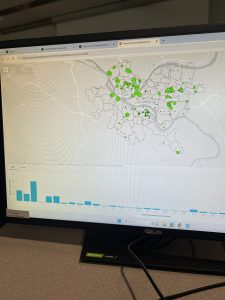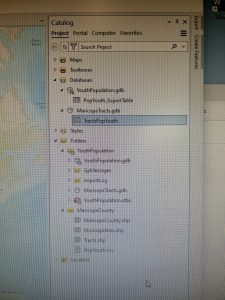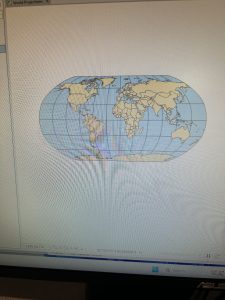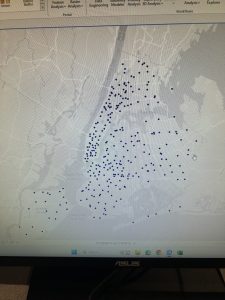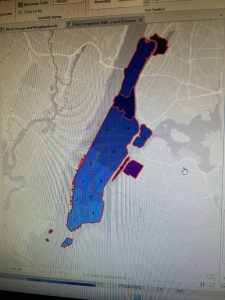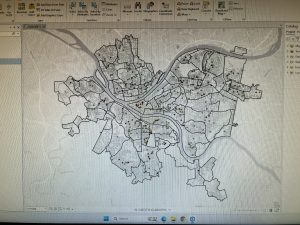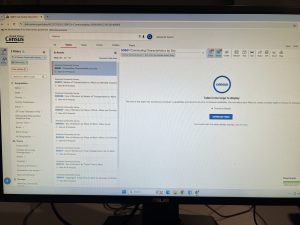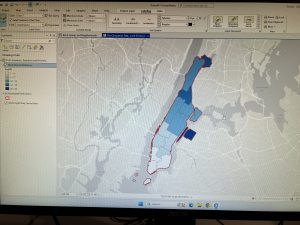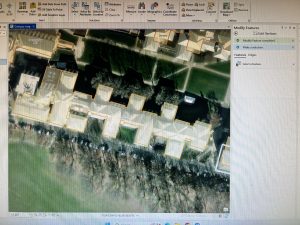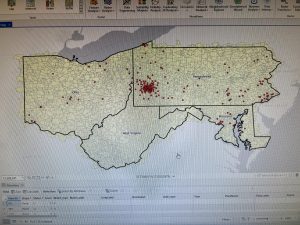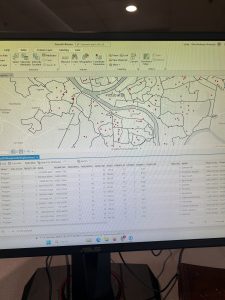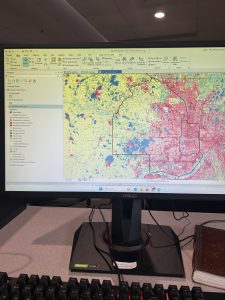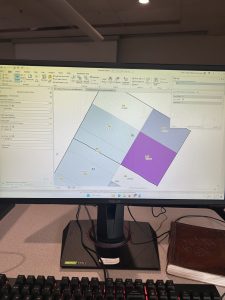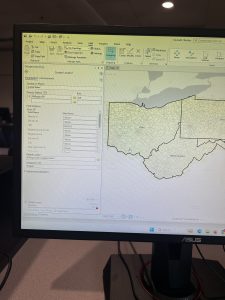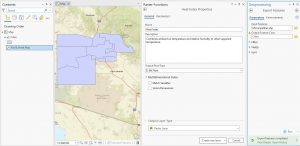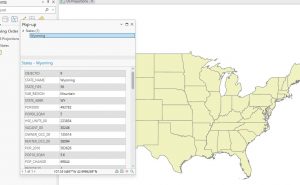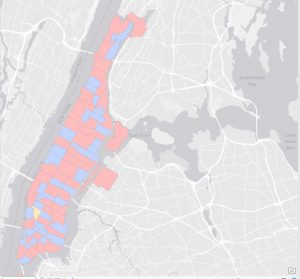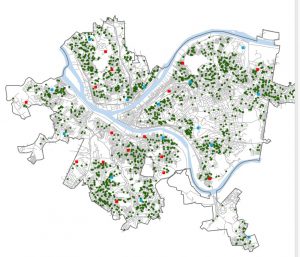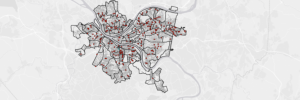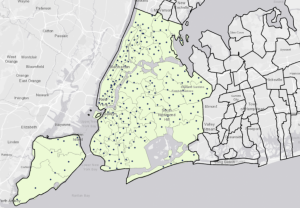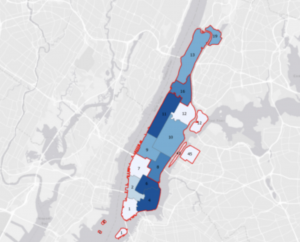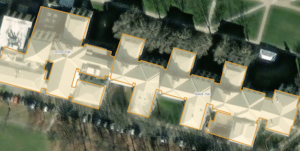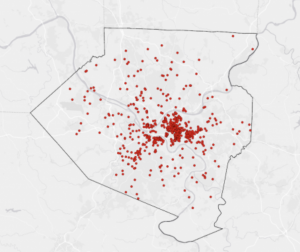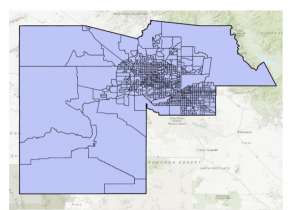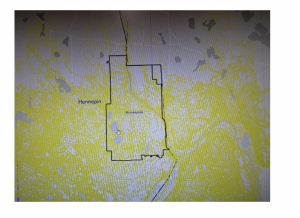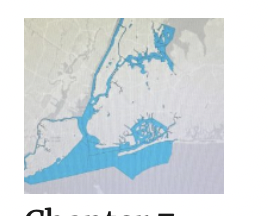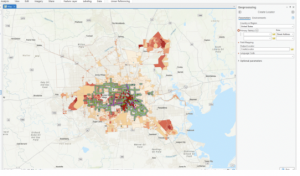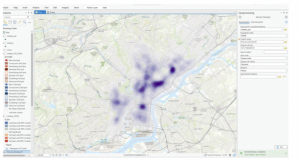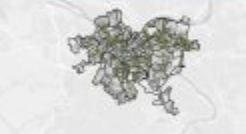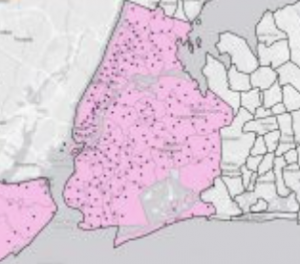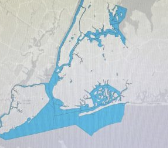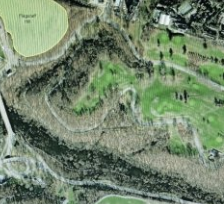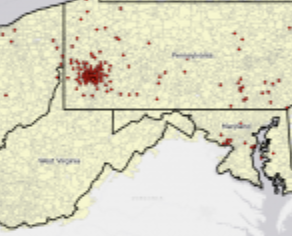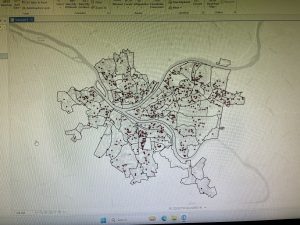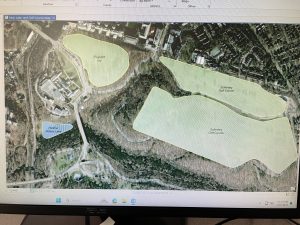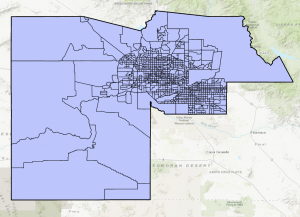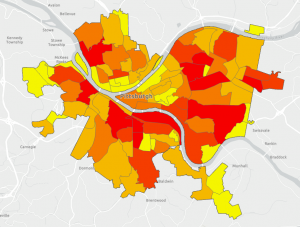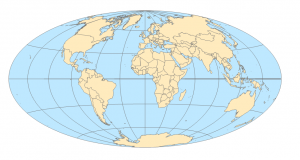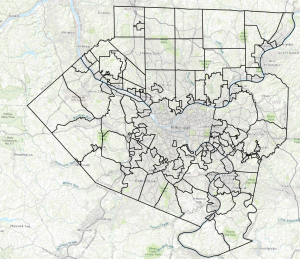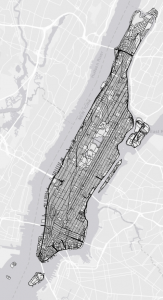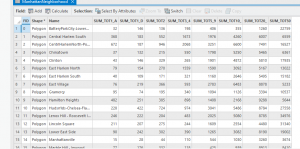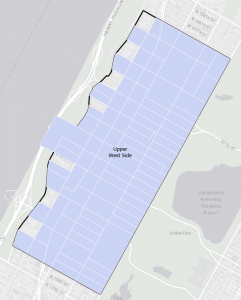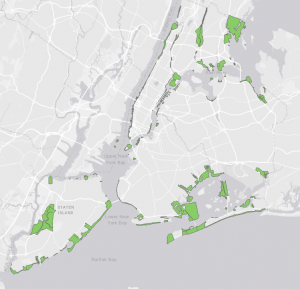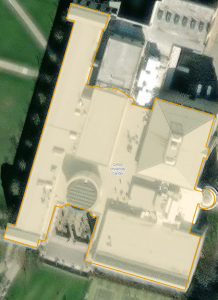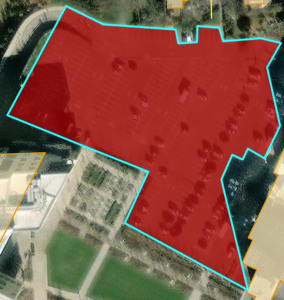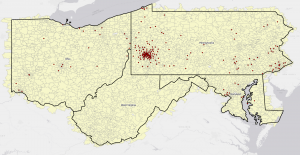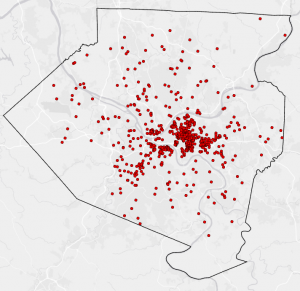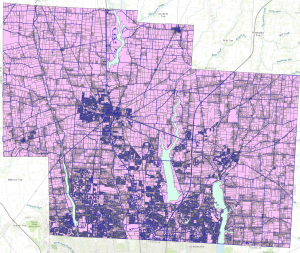Chapter 4:
Chapter 4 was much easier to work through compared to the earlier sections. Importing data wasn’t too hard, but it did take some patience. Even though the process took a little time, I can tell that repeating these steps is helping me get better. One of the biggest improvements I’ve noticed is how much faster I can navigate ArcGIS Pro. I don’t have to waste time looking for tools like the Catalog Pane or the Toolbox—they’re starting to feel natural. It’s great to see that practice is making everything smoother. Some steps felt a little repetitive, but I know they’re helping me build a strong foundation for harder tasks later.
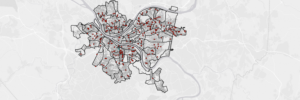
Chapter 5:
Chapter 5 really opened my eyes to how world map projections work. I never realized there were so many different ways to project a map, and it was cool to see how state shapes and sizes change depending on which one is used. This helped me understand how map distortion happens and why it’s important to pick the right projection. The chapter made me think about how different projections affect the way we see and use maps.
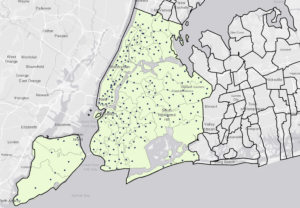
Chapter 6:
Chapter 6 was all about making a neighborhood map, which was fun and useful. One of the best parts was working with fire department and police station layers—it was interesting to see how these important services are mapped in a community. Being able to look at and adjust these layers made the activity feel more real, not just like a regular assignment. This chapter showed me how GIS helps with city planning and keeping people safe, which made it feel more important.
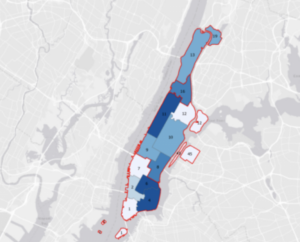
Chapter 7:
Chapter 7 was definitely the most fun and interesting so far. I really enjoyed using different tools to create maps—it felt both creative and useful. The hands-on practice helped me understand the concepts better than just reading about them. But I still have some questions. Iknow how to use the tools now, but I’m not sure when to use each one. How do I decide which tool is best for a certain task? What happens if I pick the wrong one?
Chapter 8:
Chapter 8 was pretty simple and went by quickly. In section 8-1, I had a little trouble finding some buttons at first, but after looking around, I figured it out. Section 8-2 was even easier—I didn’t run into any big problems, and the steps made sense. It was nice to go through a chapter that was straightforward and reinforced my skills without being too difficult
.